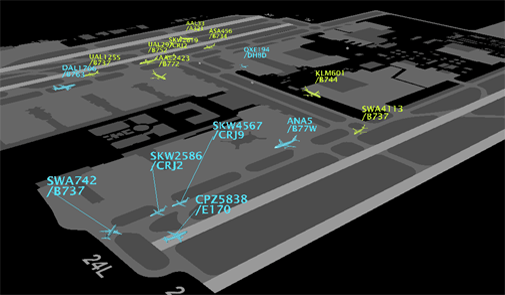 |
| FAA is implementing ATC reforms at the Charlotte, NC metroplex for smoother airport operations. Photo: FAA |
[Avionics Today 01-11-2016] North Carolina is leading the way to the next generation of Air Traffic Control (ATC), according to the FAA. NextGen procedures are helping flights operate more efficiently at Charlotte Douglas International Airport (CLT), improving on-time performance and decreasing emissions.
The Charlotte Metroplex project, one of 12 projects in place or underway that aim to implement NextGen ATC procedures in major metropolitan areas, includes new arrival and departure procedures for CLT and surrounding airports in North Carolina, South Carolina and southern Virginia. Procedural changes in Charlotte are at altitudes between 3,000 and 14,000 feet and do not affect the airport’s voluntary noise abatement procedures.
CTL presents unique challenges, with limited space for aircraft to maneuver after they push back from the gate. Taxiways also are congested as aircraft move to and from the runways. The FAA, in collaboration with air carriers and the airport, is working with the National Aeronautics and Space Administration (NASA) to develop the nation’s most sophisticated system for managing arrivals and departures. CTL is also among the first airports to use Data Communications (Data Comm).
Based on July 2015 data, the FAA estimates the changes in this airport will result in 28,000 fewer metric tons of carbon in the air each year and airlines will consume 3.3 million fewer gallons of aircraft fuel, valued at about $9.4 million.